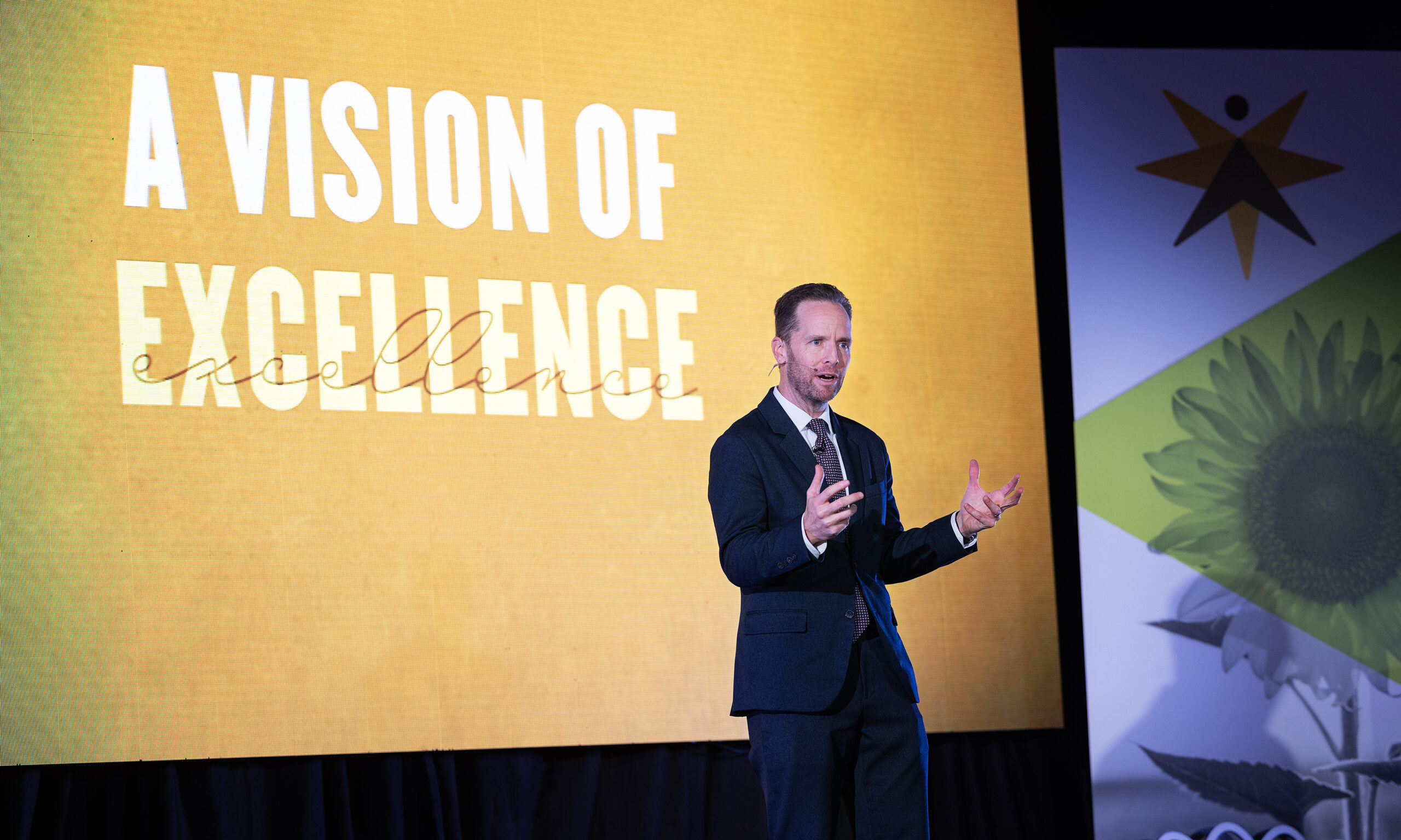The most successful organizations dedicate time and effort to thoughtful planning – financially, operationally, and across every aspect of their work. The better the plan, the more effectively an organization can carry out its mission.
For nonprofit organizations, the start of the year is a critical planning period. The fundraising hustle and generosity of the holiday giving season is over. Now is the time to prepare for the year ahead. Financial planning, or budgeting, is just one of the various aspects of nonprofit planning – but it’s a big one.
My first question when a new event, initiative, or program is proposed is, “How much is it going to cost?” That’s because it’s my job as Chief Financial Officer at Kansas Health Foundation to act as the financial overseer of the Foundation’s financial activities. Budget planning is what I do, and you should, too.
Start with your goals
Begin every planning period, including your financial planning sessions, with your organization’s goals and objectives.
- Goals: The overarching outcomes you want to achieve as an organization.
- Objectives: Measurable actions you can take to achieve your goals.
Goals are tricky when budgeting. Nonprofits have big missions and even bigger visions. My advice: Budget for what’s achievable – not everything your organization aspires to do.
Next, align departmental needs with your budget. For example, what’s your labor budget, including compensation and benefits?
For larger nonprofits and foundations like KHF, we budget by department and large-scale initiatives. Smaller and grassroots nonprofits might budget by function, role or service provided. Regardless, you need to ensure all the functions in your nonprofit are accounted for financially.
Bring everyone to the table
When budget planning, one of the common pitfalls I see organizations fall into is the failure to involve all the stakeholders.
First, make sure the people on the frontlines of your mission are on the frontlines of your budget. Your staff knows how much things cost, how far they can stretch a budget, upcoming fundraising efforts, and more.
Next, involve your board. Be transparent about the resources you need and the limitations you’re facing. If it’s going to take “XYZ” to accomplish “ABC” – and you don’t have it – leadership and the board need to know so you can manage expectations effectively.
Maintain your budget
To maintain strong financial foundations for this year’s budget and beyond, nonprofit organizations need to prioritize good financial record-keeping. Accurately tracking finances helps you manage your resources effectively and ensures you’re on the right track with your annual goals.
Remember: The best-run organizations plan comprehensively to set themselves up for year-long success.
###















